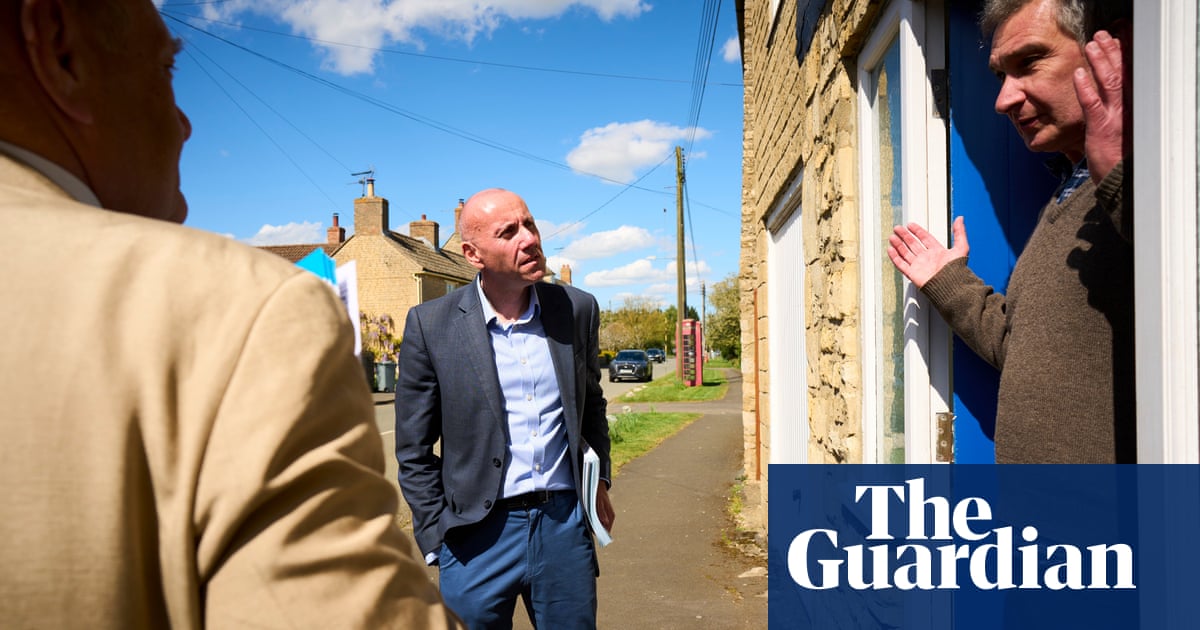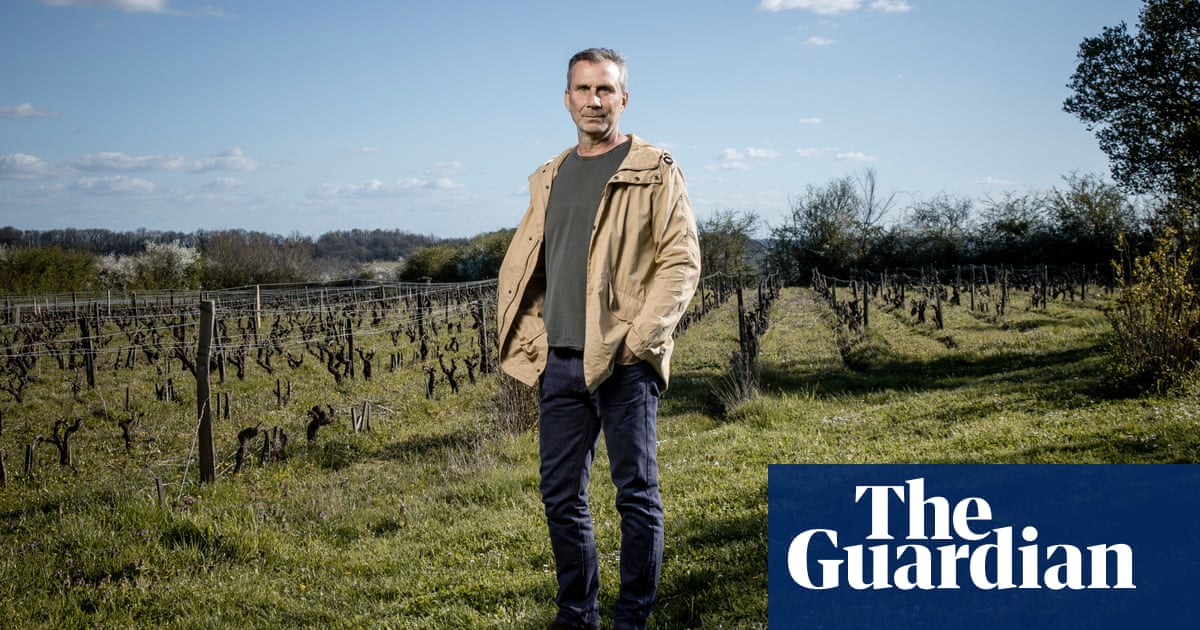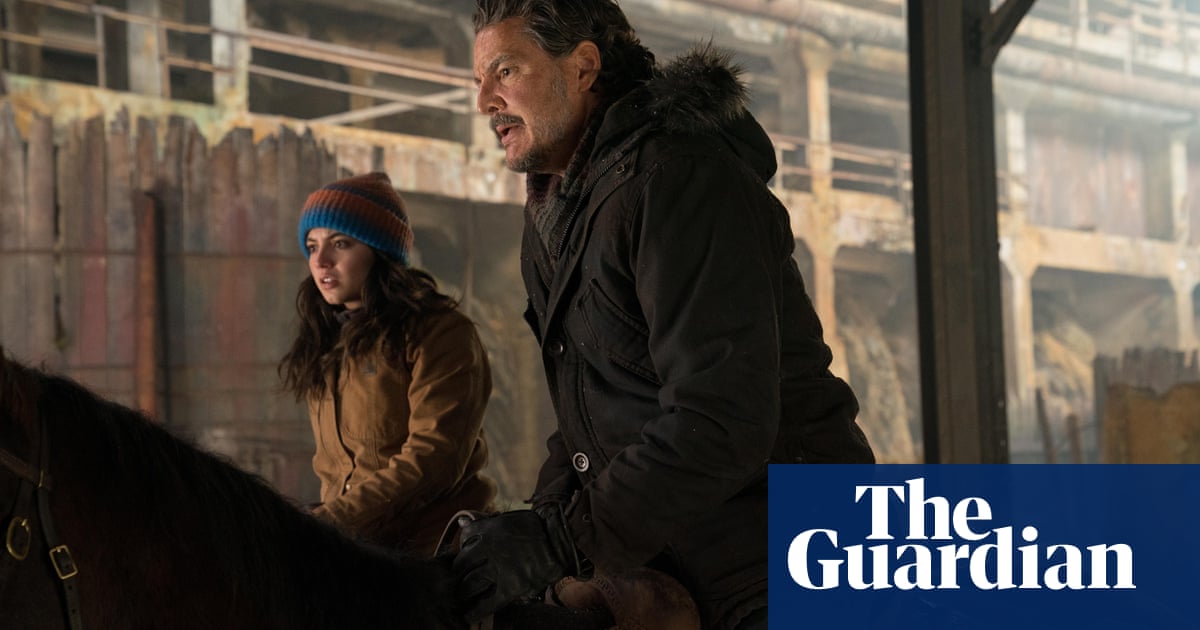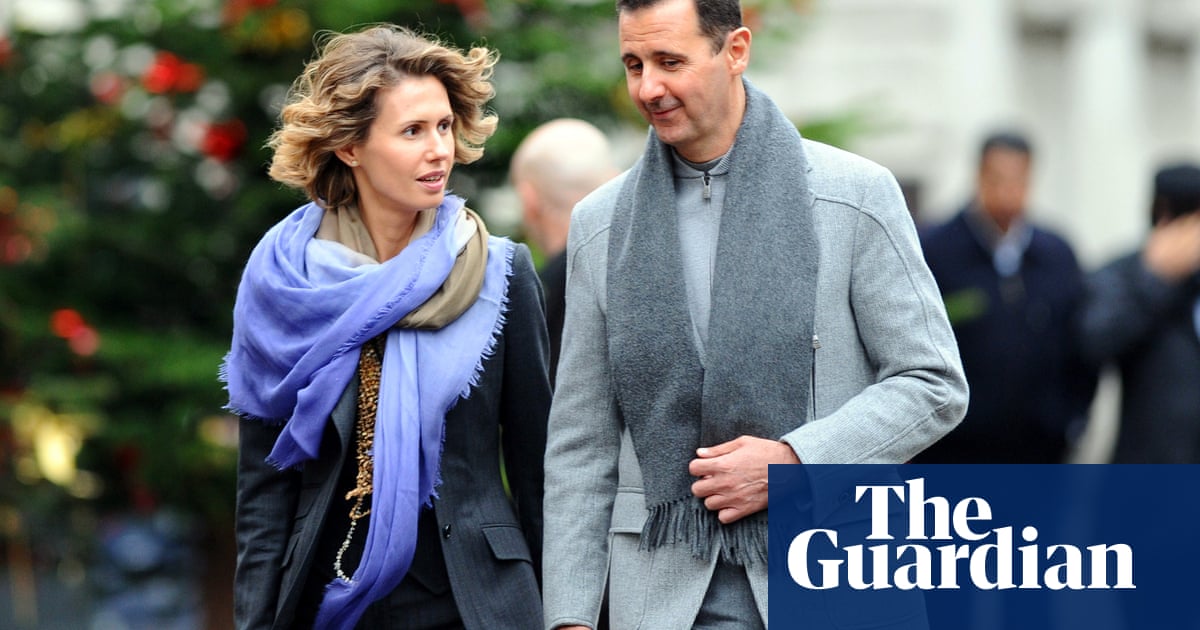The journalist Charlotte Raven, who has died aged 55, was often the tallest person in a room, and, with the most angular of bob hairstyles, she ensured that she was always noticed. She held everyone’s attention effortlessly with sharp opinions, literary allusions and good old-fashioned salacious gossip.
In 2021, after starting experimental treatment for Huntington’s disease (HD), the illness that led to her death, she wrote a memoir, Patient 1, in collaboration with her younger brother, Daniel, in which she looked back on a career marked by controversies. She said: “Being paid to be horrible about people caused a lot of collateral damage to my relationships.” She was referring to the period in her 20s when she blazed away at the small but influential magazine the Modern Review, and later as a columnist for the Guardian.
She was characteristically astringent even in her assessment of herself. In truth, her writing was always guided by a belief in fairness and freedom, which marked her out from the more nihilistic of her peers, including the writer she was most closely associated with in these years, Julie Burchill, who went from being her boss to her mentor, her lover and, ultimately, her sister-in-law, when Julie and Daniel married in 2004.

Charlotte was born in Streatham, south London, before the family moved to her beloved Brighton. She described her father as “enigmatic”. Vivian Raven, known as Murph, served in both the RAF and the Royal Navy before becoming a journalist and publisher in the duty free industry. If he was the great cheerleader for capitalism, her mother worked for the other side. Susan (nee Myall) was a Marxist who had been arrested at CND demonstrations. Charlotte became Susan’s co-conspirator when they both joined Militant, the Trotskyist group formed to take over Labour from the inside in a strategy known as “entryism”.
It could be said the strategy inspired Charlotte’s life, as she sought to take over the institutions she loved or admired, beginning with Brighton and Hove high school, where she organised student strikes; and Manchester University, where, studying English literature, she organised the ousting of the union’s communications officer, Derek Draper, before winning an election as the left’s candidate for women’s officer. There was consternation when it was discovered she was by then dating Derek, who had forgiven her for ending his university political career and reputedly helped her campaign by stealing and destroying the entire print-run of an issue of the union’s newspaper that disparaged Charlotte.
Charlotte and Derek made a formidable pair when they arrived together in London, gossiping and scheming between parliament and the Groucho Club. They always worked better as friends rather than lovers, retaining a deep affection for each other that lasted until Derek’s death from complications due to Covid in 2024.
Charlotte dropped out of journalism school after her letter to the Modern Review brought an offer of a job from the editor and co-owner Toby Young. When this led to sex, Charlotte declared that it was bound to happen sooner or later so it was better to get it over with. She was soon plotting to remake the paper in her own image. The plan took shape during her affair with Young’s co-owner, Julie Burchill, which saw the couple appear on the front of the tabloids and led to the end of Julie’s marriage to the journalist Cosmo Landesman.
Toby was so rattled by Charlotte’s challenge that he sabotaged the magazine rather than see it fall into her hands. Charlotte countered by relaunching the title, producing a sleekly abrasive magazine that she hoped represented a progression from the contrarianism of the original. It is a measure of Charlotte’s seductive flair that she carried Julie with her, when Julie’s politics always aligned more closely with Toby’s; but their differences led to the end of the affair, and eventually of their friendship.

The new Modern Review ran for only five issues. Charlotte returned to publishing in 2013 with a plan to relaunch Spare Rib, which she announced before asking the magazine’s founders. A meeting with Rosie Boycott and Marsha Rowe went so badly that the title was soon changed to Feminist Times. The new magazine did not make it to a launch issue. Charlotte was already struggling with aspects of HD, notably chorea, or involuntary movements.
She had taken a test for HD in 2007 after learning that her father was ill. Murph was widowed after the death of Susan during a heart bypass operation in 2000. His movement and, later, his behaviour became erratic in the ensuing years. Charlotte learned Murph had HD in a circular way, via his second wife and a business colleague. The revelation came in 2005, on the morning of the 7/7 terror attack in London, a coincidence that welded the sense of devastation together in the minds of Charlotte and her husband, Tom Sheahan, a documentary-maker, whom she had married in 2003. Tom was filming in the London underground when she telephoned in tears with the news, just before the phone system went down.
Charlotte and Daniel’s discovery that HD ran through their family is recounted in Patient 1. Murph’s childhood had been chaotic. His mother, Ada, had initially been diagnosed with schizophrenia and institutionalised, and one of Charlotte’s uncles had also died of the disease. The memoir is an unflinching account of Charlotte’s character and the breakdown of her marriage. Tom and Charlotte separated in 2018, which Charlotte chose to blame on the exorbitant demands she made on her husband, exacerbated by an illness that is not only debilitating and fatal but leads to personality changes, including anger and memory issues.
They obtained a decree nisi, but after living apart for four years, decided to remodel their home, leading to an unconventional and often challenging period in which Tom and their children, Anna and John, lived on the upper floors, and Charlotte, who required round-the-clock care, lived on the ground floor.
Charlotte was devastated that the experimental treatment detailed in her memoir was unsuccessful. If her children should suffer from HD, she had hoped her legacy would be a cure. Yet she took enormous delight in seeing them choose their paths and flourish.
She is survived by Anna, who is studying English literature, as Charlotte had done, John, who is a dance student specialising in ballet, and Tom.

.png) 2 months ago
28
2 months ago
28













































